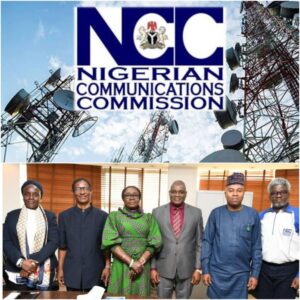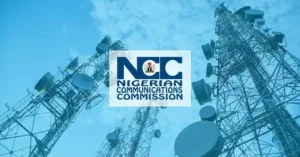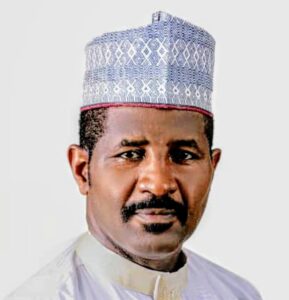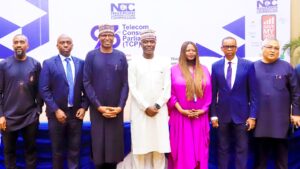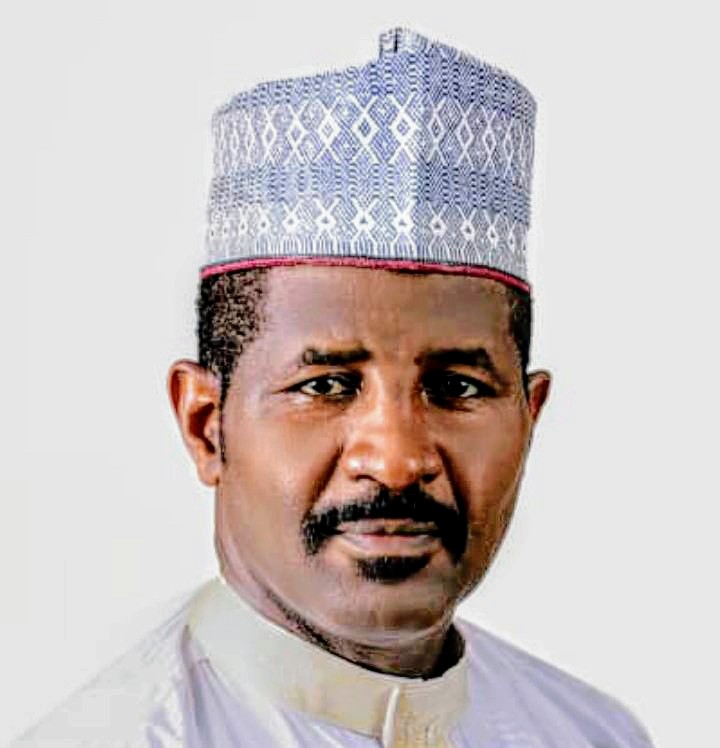

Dr. Bashir Gwandu, former Acting Executive Vice Chairman/CEO, Nigerian Communications Commission (NCC), and former EVC/CEO, National Agency for Science and Engineering Infrastructure (NASENI), has called on African countries to harness the potential of low-band spectrum for fifth generation mobile technology (5G), which will account for an estimated economic value of $130 billion by 2030.
The telecom expert made a presentation on the session: “The shape of Post-WRC spectrum ecosystems”, on the third theme: “From WRC-23 to WRC-27- Emerging Landscapes & Technologies and the Path Ahead” at the just concluded 9th Sub-Sahara Spectrum Management Conference 2024, held in Nairobi, Kenya on 6-7 November, organised by Forum Global.
Dr. Gwandu who held various chairmanship positions at the both the ITU and Commonwealth including the ITU Radio communications Advisory Group (the RAG), The Joint Task Group, and Commonwealth ITU Group (CIG), made the call during his opening remarks on the 600MHz spectrum discussions. He also played a key role in founding the ATU (African Telecommunications Union) WRC coordination meetings.
According to GSMA Mobile Economy Report 2024, sub-Saharan Africa has 160 million unconnected alone, and there is 50 per cent urban-rural coverage divide in Africa. Dr. Gwandu urged African delegates at World Radio communications Conferences (WRCs) should thus be leading the work to surpass this economic projection, and must never-again block another African country from joining footnote 5.307A that allocates 600MHz to mobile on a primary status.
In addition, he urged the Africa Union Commission (AUC) representatives to take it as a project, and ensure that AUC comes up with a resolution that will encourage all African nations to join en-masse the footnote 5.307A at WRC-27. Radio regulations footnotes are used to make spectrum allocation for a country or some countries.
As regulators, we must always design markets to encourage competition. If we structure markets into three competing operators across the sub-1000 MHz bands (900, 800, 700, and 600 MHz), and an operator potentially acquires 2×10 MHz in each band, they could combine these to have three telcos each with a 40MHz duplex assignment, delivering very higher speeds.

While not truly 5G, this would provide adequate or meaningful speeds for rural schools, hospitals, and communities covered with low capital expenses, due to the strong penetration of the low-frequency bands.
Dr. Gwandu frowned at the action of some African countries working against Other African countries at the last WRC-23. He argued that this action went against the ATU’s rules, which state that when eight or more countries oppose a proposal, it should not receive recognition under the AFCP (African Common Proposals) framework.
At the WRC-23 conference, a controversial decision allowed Egypt to move forward with its 600 MHz primary mobile allocation while Rwanda, Guinea, Benin, and Cameroon, blocked requests from 10 other African nations with similar aspirations.
The 10 countries that were blocked include Nigeria, Senegal, Mauritania, Libya, Chad, Gambia, Sudan, Namibia, Somalia, and Tanzania. Dr Gwandu posited that fighting for status quo to remain or ‘No Change’ in this case is akin to refusing an available front seat and fighting for a back seat.
Dr. Gwandu posited that fighting for status quo to remain or ‘No Change’ in this case is akin to refusing an available front seat and fighting for a back seat.

